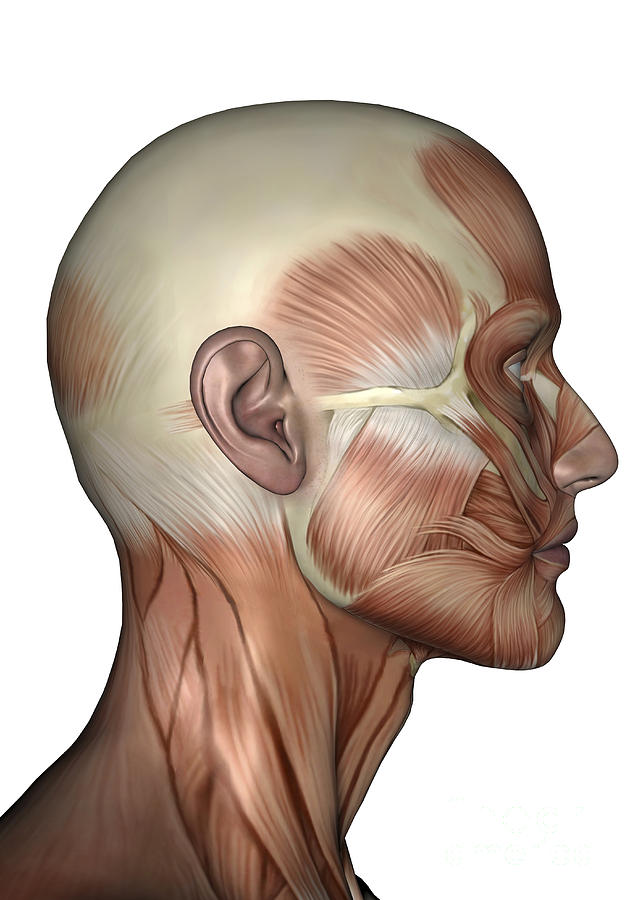The connection between medicine and art may not seem like a clear connection. For many, medicine is strictly viewed as a field of science, and, thus, is not incorporated with the artistic field. However, medicine and art do have a connection in the form of plastic surgery. Plastic surgeons use the human body as their canvas, as they reconstruct the human body with artistic techniques. Plastic surgery has been used as a way to reconstruct the human body for thousands of years. Physicians in India were utilizing skin grafts for reconstructive work as early as 800 B.C. Even today, physicians still use artistic techniques to perform their operations, which shows not only the connection between medicine and art, but also shows how human anatomy provides this connection.
The study of the human anatomy also began a very long time ago, when human dissection provided a more detailed way of viewing the human body. The Ancient Egyptians first used human dissection for a more religious purpose, using it mainly for mummification. Human dissection for scientific purposes was begun by the Ancient Greeks and continued through the Renaissance Era, where these methods resulted scientific breakthroughs in the human anatomy and also resulted in some of the greatest artworks of the era. Da Vinci’s “Vitruvian Man,” and Michelangelo’s “David” are both artworks that incorporated the newfound knowledge of the human body, as they thoroughly use realistic and scientific interpretations of human body parts. As technology progressed, newer, less-invasive methods to view the human body were created, such as the x-ray, MRI, and cat scan, which allowed for even greater discoveries.
Since my parents are dentists, I have some experience with the human body, more specifically, with the head and the mouth. My parents keep detailed models of the head with an emphasis on the mouth, and from these models it is clear to see the connection between art and medicine, as artists such Da Vinci and Michaelango relied upon such detailed modeled to create such realistic works.
Sources:
Vesna, Victoria. “Medicine and Art: Part 1.” YouTube. YouTube, n.d. Web. 28 Apr. 2019. <https://www.youtube.com/watch?time_continue=1&v=Ep0M2bOM9Tk>.
“Drawing Anatomy for Artists: Ultimate, Free Guide.” Artists Network,
www.artistsnetwork.com/drawing-anatomy-guide/.
“Science Museum. Brought to Life: Exploring the History of Medicine.” Art and Anatomy,
broughttolife.sciencemuseum.org.uk/broughttolife/themes/understandingthebody/anatomy.
Vesna, Victoria. “Medicine and Art: Part 2.” YouTube. YouTube, n.d. Web. 28 Apr. 2019. <https://www.youtube.com/watch?v=psjnQarHOqQ>.
Vesna, Victoria. “Medicine and Art: Part 3.” YouTube. YouTube, n.d. Web. 28 Apr. 2019. <https://www.youtube.com/watch?v=FIX-9mXd3Y4>.








/https://public-media.si-cdn.com/filer/1c/11/1c113495-5153-4040-b7ea-5a37acf4d525/ford_assembly_line_-_1913.jpg)








